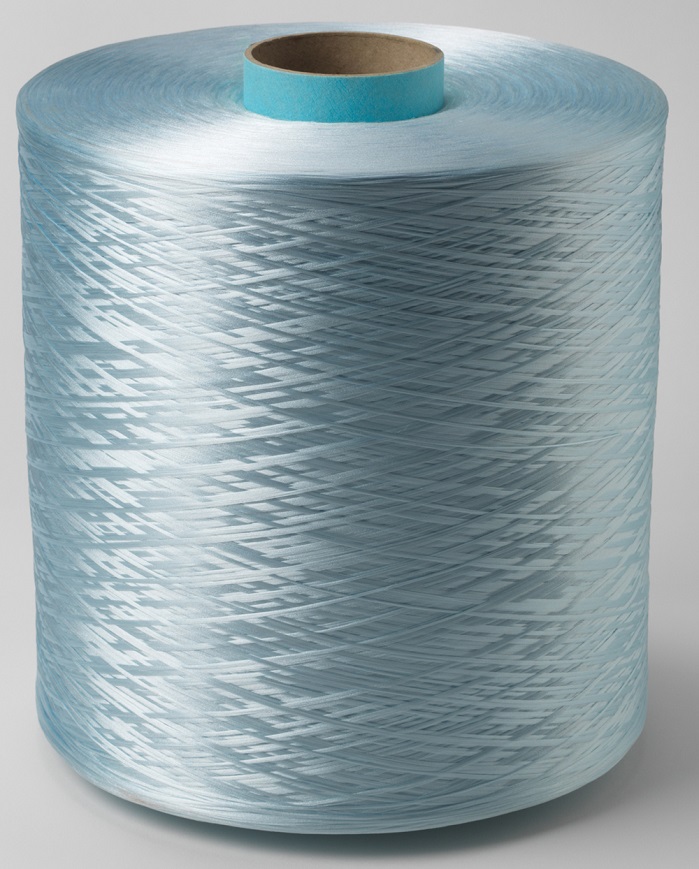
BMW backs Aquafil’s Econyl
Trützschler and EREMA developed a one-step system for pre-processing and spinning polyester flakes into BCF for carpet applications.

15th February 2017
Innovation in Textiles
|
Egelsbach
Whereas glass was the main material for bottles in the last century, producers and consumers more and more favoured PET – polyethylenterephthalate – since the late 1980s. These “polyester” bottles come with the distinctive advantages of being lightweight and almost unbreakable. However, the success generates the new challenge of coping with billions of discarded bottles each year, Dr Lassad Nasri, Senior Manager Technology and Product Management, Trützschler Switzerland AG, explained.
Trützschler and EREMA, a leading solution supplier in the area of plastic recycling systems and technologies, have worked together to develop a one-step system for pre-processing and spinning polyester flakes into Bulk Continuous Filament (BCF) for carpet applications.

The combination of EREMA’s and Trützschler’s systems is said to allow for producing distinct BCF yarns with high efficiency, excellent process stability and low transformation costs, fulfilling market requirements when using 100% R-PET flakes or mixtures of flakes with virgin material.
A long and complex process chain is needed to turn a used bottle into usable raw material. It all starts with the collection of the bottles and pressing them into bales. Afterwards, the bales are opened, sorted out and grinded. The flakes obtained are washed (cold and hot) and separated from the polyolefin, which comes from caps and gaskets. After drying and metal separation, the flakes are practically ready to be filled into silos or big bags. A new cycle begins.
One of the main processes for recycled polyester is spinning staple fibres, which can be used for spun yarns, textile fillings or nonwoven materials for instance. These applications are well established with fleece shirts and throws being prominent examples.

Besides, due to many factors, the collection and recycling rate of plastic bottles is growing worldwide. Therefore, it is time to explore new end uses of the recycled PET, Dr Lassad Nasri reports.
PET fibres offer a number advantages in carpet applications, including the high stain resistance, which is even higher than that of chemically treated PA BCF. Moreover, PET can be spun in undyed form, which is not the case for PP. Undyed yarns can be twisted, heat set, dyed and tufted or the finished carpet can be printed.

Compared to staple fibre production, using R-PET for manufacturing continuous filaments is also more challenging. In filament spinning, the quality of the yarn is determined by the homogeneity of the raw material. Recycled flakes are an instability factor, small deviations in quality can lead to an increased number of filament breaks or broken filaments. Further, the variance in the flakes quality could affect the yarn’s colour pick-up so the finished carpet shows streaks.
Trützschler and EREMA decided to collaborate to address this challenge. Both companies joined their efforts to develop a one-step system for pre-processing and spinning polyester flakes into Bulk Continuous Filament (BCF) for carpet applications.

The new system directly links EREMA’s VACUREMA technology with Trützschler Switzerland’s symTTex BCF machinery. The EREMA part consists of a vacuum reactor, a directly linked single-screw extruder and a high-performance filter. Washed R-PET flakes are dried and decontaminated in the reactor, melted in the extruder and then forced through a large area filter of variable fineness. After that the high-quality melt is transferred to the Trützschler spinning system. The high quality spin packs, dual shell draw rolls, the HPc texturizing system and fully driven winders form the filaments and wind them onto bobbins. An industrial line is already successfully running in Poland, according to the manufacturer.
EREMA’s patented system has been developed to enable the feeding of clean flakes directly into the reactor without using neither crystalliser nor dryer. A major advantage is the energy savings because energy-intensive drying and crystallizing steps are omitted, the company reports.
“When measuring the yarn’s viscosity, we see that its IV value virtually reaches the IV value of the flakes. This proves that the drying process is extremely efficient – the vacuum before the extrusion process removes moisture and volatile material very effectively,” said Dr Lassad Nasri.

Business intelligence for the fibre, textiles and apparel industries: technologies, innovations, markets, investments, trade policy, sourcing, strategy...
Find out more